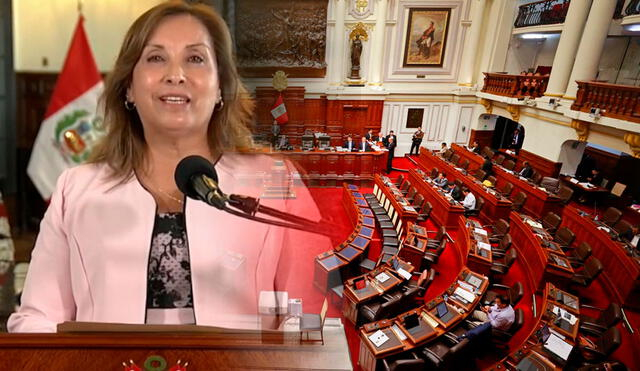
Standard & Poor’s Global Ratings reduced Peru’s credit rating from BBB to BBB- due to the chaos caused by “the fragmentation of Congress” and “the limited political capital” of the Dina Boluarte Government, which weigh on the confidence of private investors.
Furthermore, these political factors limit our country’s ability to rebuild its fiscal space – after 2023 in which the fiscal deficit rule had to be broken and, for this year, the scenario would be repeated, as confirmed by the Minister of Economy, José Arista—.
Along these lines, Fitch recently indicated that the Peruvian credit rating remains negative (BBB) but now has a negative outlook, explained by political uncertainty and the deterioration of governance.
What does the S&P reduction mean on the Peruvian rating?
The economist Pablo Secada points out that, As a result of the lower credit reputation, it will be more difficult for corporations that operate in our market to borrow, and with this the already weakened private investment, formal employment and tax revenues will be reduced. In turn, it will bring less public spending.
“The mistreatment of Carlos Oliva and the Fiscal Council may have precipitated S&P’s decision, but it did not define it. The classification is not reviewed for days,” he mentioned on LinkedIn.
Secada questioned the waste of spending, the proliferation of tax exemptions, corruption and obstacles to investment; as well as the denialist attitude of management Dina Boluarte, who will come out to say “that everything is fine.”
Close to losing investment grade: free fall in sight?
Although S&P maintains its outlook stable, with the aforementioned political entanglement, they foresee “moderate” GDP growth and fiscal deficits that would slightly increase the net debt of the general government. And, if it continues without solutions, Peru would go from BBB- to BB+; that is, to the category “speculative degree” or “questionable”.
According to the director of Phase Consultores, Juan Carlos Odar, Peru has reached the lowest step within the investment grade, a grade it received between July 2008 and August 2011. To date, it is the lowest grade assigned to us by one of the three rating agencies (aside from S&P, there are Fitch and Moody’s).
Meanwhile, the former Minister of Economy David Tuesta assures that “irresponsibility has consequences” and we are headed for a “free fall” because, being one step away from abandoning investment grade, it is enough for S&P to do so for Fitch and Moody’s to also lose it.
When would the new S&P credit rating be given?
According to S&P, the ratings could be lowered over the next two years if there is a further deterioration in investor confidence and growth expectations.
And, as a positive scenario, the grade would rise in the next two years if there were stable political conditions that support the effective execution of investment and GDP projections. Here, debt would moderate to stable.
Source: Larepublica
Alia is a professional author and journalist, working at 247 news agency. She writes on various topics from economy news to general interest pieces, providing readers with relevant and informative content. With years of experience, she brings a unique perspective and in-depth analysis to her work.











